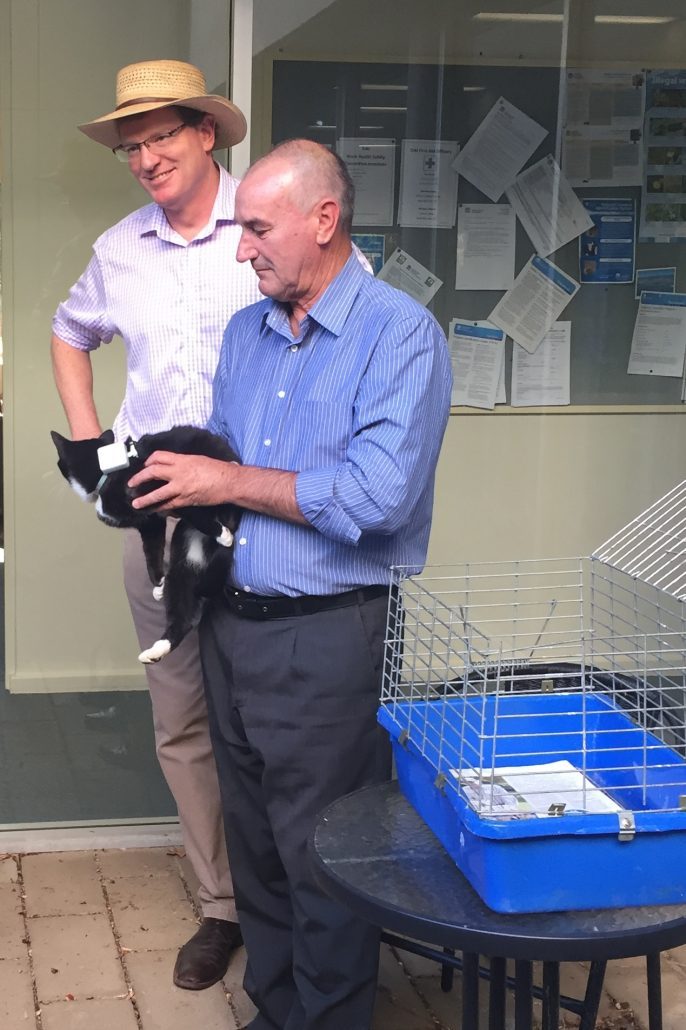Pig out on good information
Ever wanted to have a free range pig or two running around the farm or even taking the next step into full scale pig production?
Watershed Landcare have invited Frank Power and Danielle Littlewood of Power Pork to be a part of our Mudgee Small Farm Field Days lecture series this year.
Frank and Danielle run a pig operation on their Wellington farm, ‘Glenmore’, raising grass fed animals using environmentally sustainable, ethical and low stress methods.
In 2015 they started Power Pork; supplying free range pork, which is processed through a local abattoir and local butcher, direct to customers in the local area and beyond.
To produce a tasty product in an ethical and environmentally responsible fashion the Power Pork menagerie of 20 sows and 2 boars spend 100% of their time in the paddock with a carefully managed grazing regime.
“We love having pigs around. They are just like big cuddly teddy bears. We even have a couple that will come running up to us for a belly scratch” said Danielle.
“Pigs get a bad rap because they are such environmental vandals. I firmly believe that with the right management, you can harness their power for good instead of evil!” she continued.
Frank and Danielle will give an overview of the pigs they run, their management methods and how they get them from the paddock to the plate.
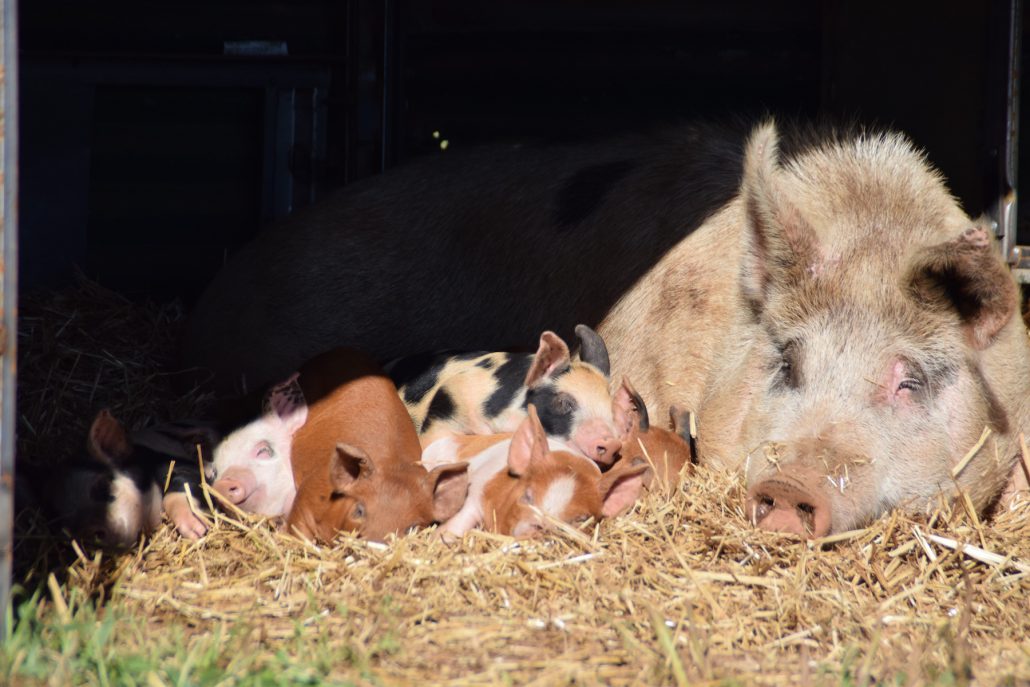
The ‘For the love of pigs and good bacon’ lecture will be on at 1:30pm on Friday 14 and 10am Saturday 15 July in the Straw Bale Lecture Room (L8), Australian Rural Education Centre (AREC).
Watershed Landcare will also have plenty of information and displays at the Waterwise Garden demonstration site (L9), drop by and find out what we do, how to get involved in our projects and become a member.
Come along and see our display of hardy, drought tolerant plants for the Mudgee district, have a chat with members of the Mudgee Bee Group and check out their display hives or join in on one of our workshops on serrated tussock ID or build your own bee motel.
You can bring along any mystery plants you have growing in your paddock or bushland for identification and we will have a selection of locally grown, native tube stock for sale.
These events are supported by Watershed Landcare and are a part of the NSW Government’s Local Landcare Coordinators Initiative, supported through the partnership of Local Land Services and Landcare NSW.

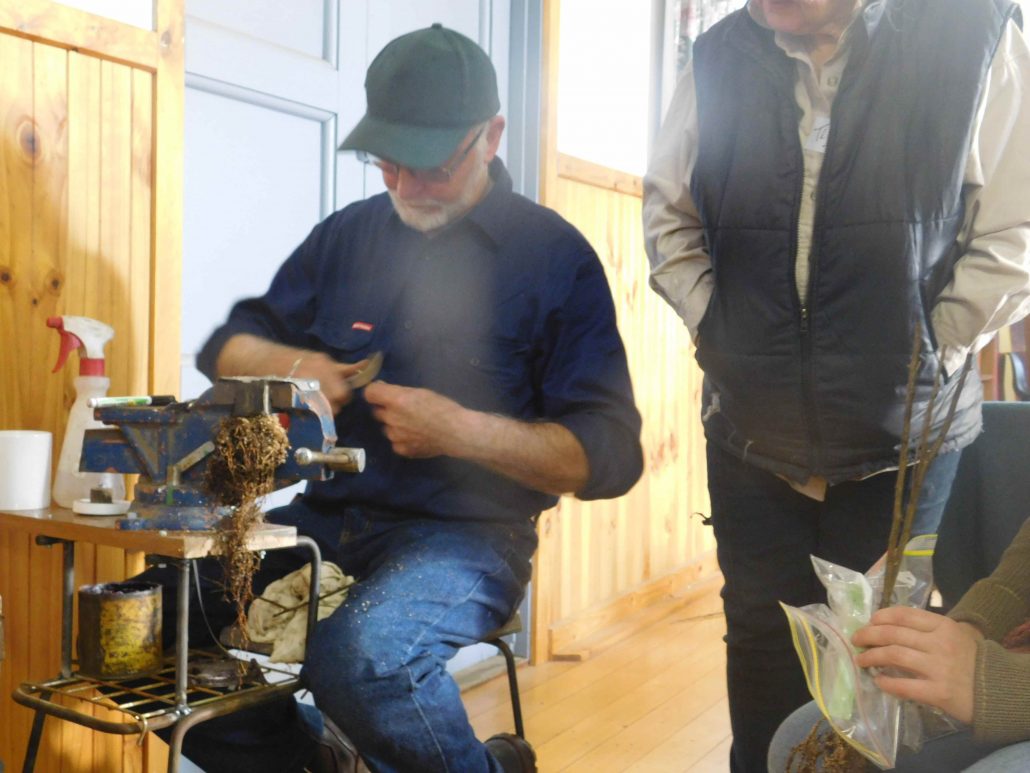 The Heritage and Rare Fruit Network has been conducting grafting workshops each year since 1990 with the aim of propagating and sharing heritage fruit trees which people of past generations cultivated as part of a more self-reliant lifestyle.
The Heritage and Rare Fruit Network has been conducting grafting workshops each year since 1990 with the aim of propagating and sharing heritage fruit trees which people of past generations cultivated as part of a more self-reliant lifestyle.
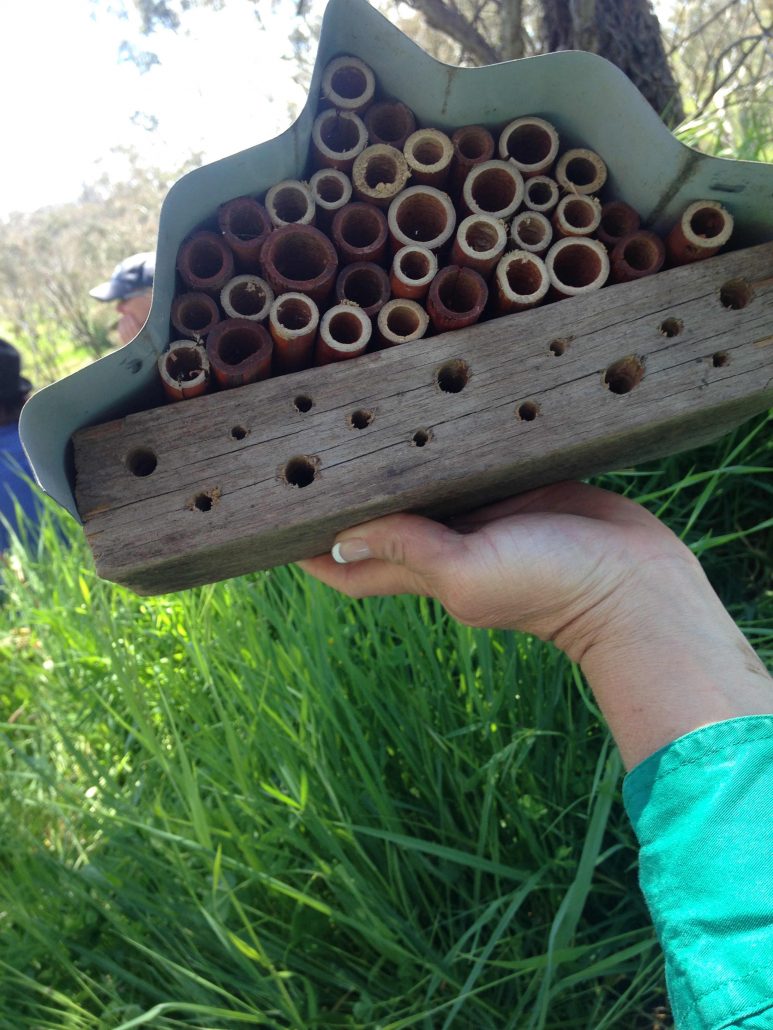
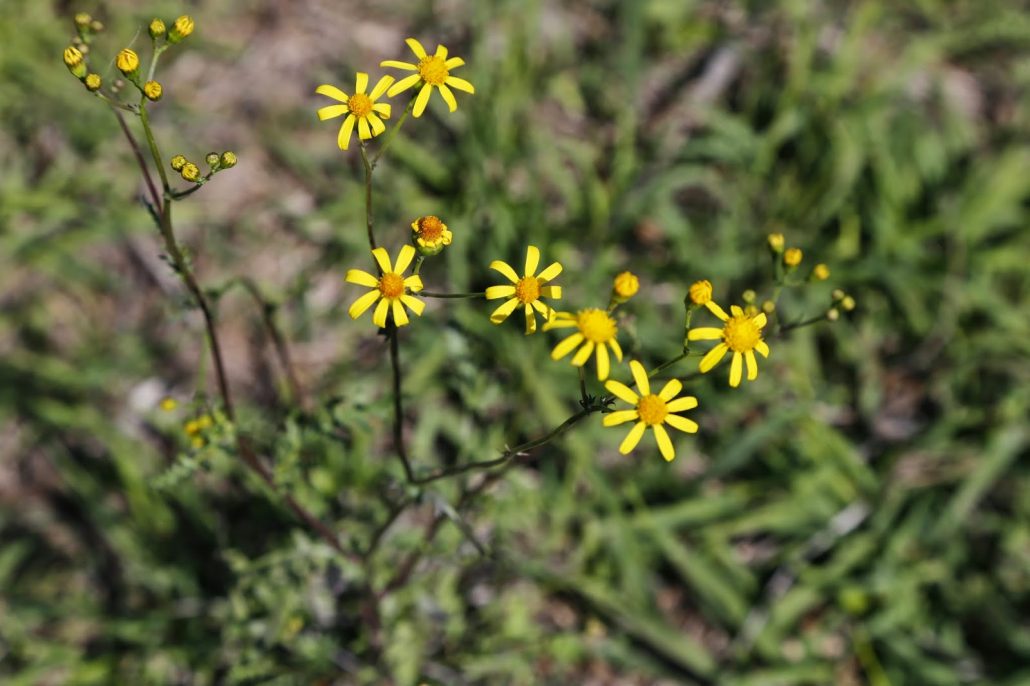
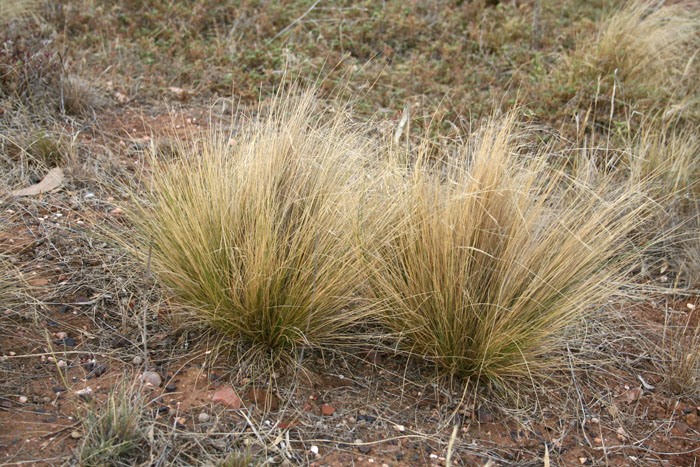
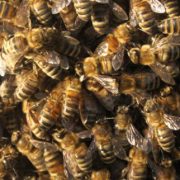 After a successful and booked our course earlier in the year, the Mudgee Bee Group have invited Bruce White OAM back to deliver another beekeeping course in August.
After a successful and booked our course earlier in the year, the Mudgee Bee Group have invited Bruce White OAM back to deliver another beekeeping course in August.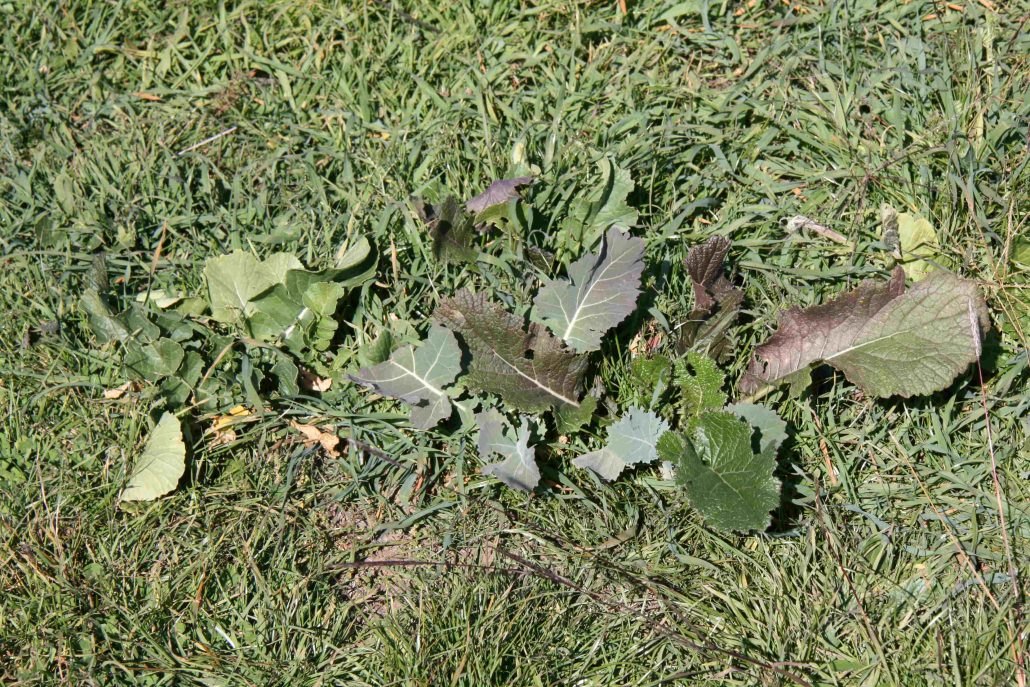
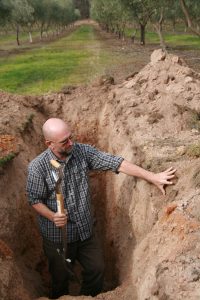 As part of the ‘Digging Deeper into Watershed Soils’ project local landholders had the opportunity to explore soil health issues within our region at a series of workshops held last week.
As part of the ‘Digging Deeper into Watershed Soils’ project local landholders had the opportunity to explore soil health issues within our region at a series of workshops held last week.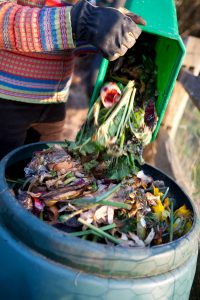 Did you know that each year, Australian households generate around 13 million tonnes of organic waste and that about half of that ends up in landfill?
Did you know that each year, Australian households generate around 13 million tonnes of organic waste and that about half of that ends up in landfill?